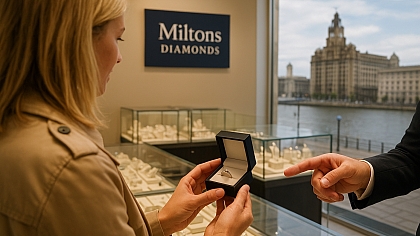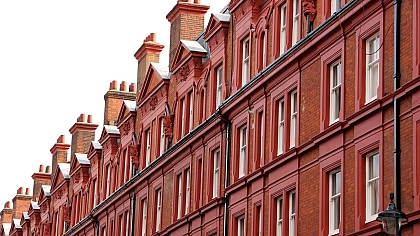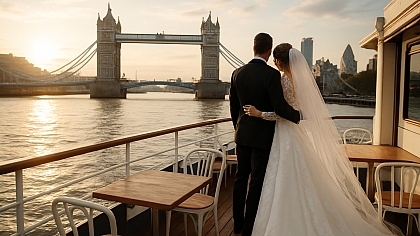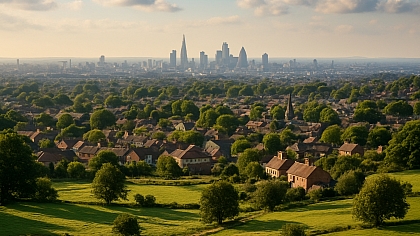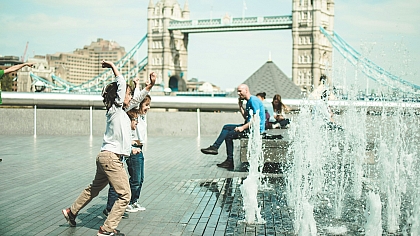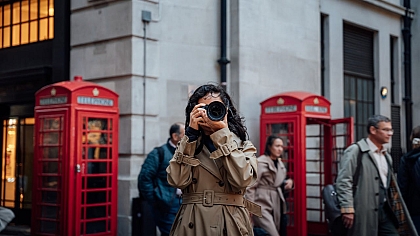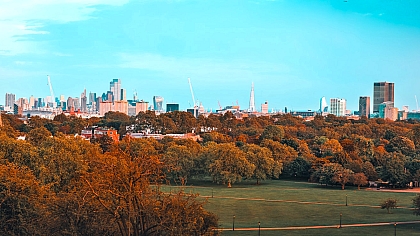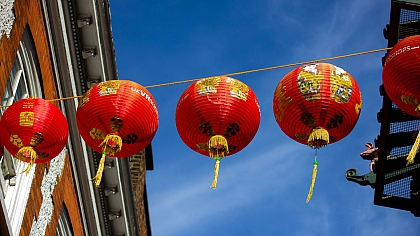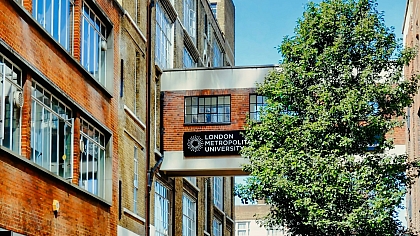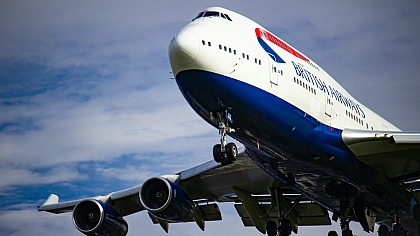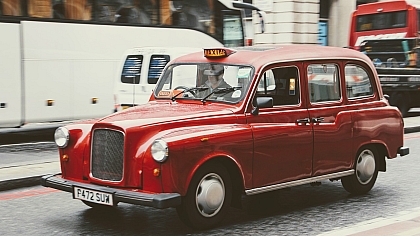
The History of the London Bus
What are the most well-known things about London? Big Ben, boat races on the Thames, and other things students are tired of when it comes to writing essays about London so they ask experts to write essays for money and deal with more important things. Yet, how many people know the story standing behind the London Bus?
The red double-decker bus is one of the most iconic features of London and with good reason. Just like the London Underground, these buses are one of the faster and more efficient ways to travel in the hustle and bustle of this booming metropolis.
The buses that are seen today in London aren’t the ones that were always around and there is quite a story to tell behind it and how it all started. Did you know that London buses are red because the General Omnibus Company in 1907 wanted to stand out from the other independent companies? Here is all you need to know about how London buses came into being and what type of services they provide in the present day.
The First London Buses
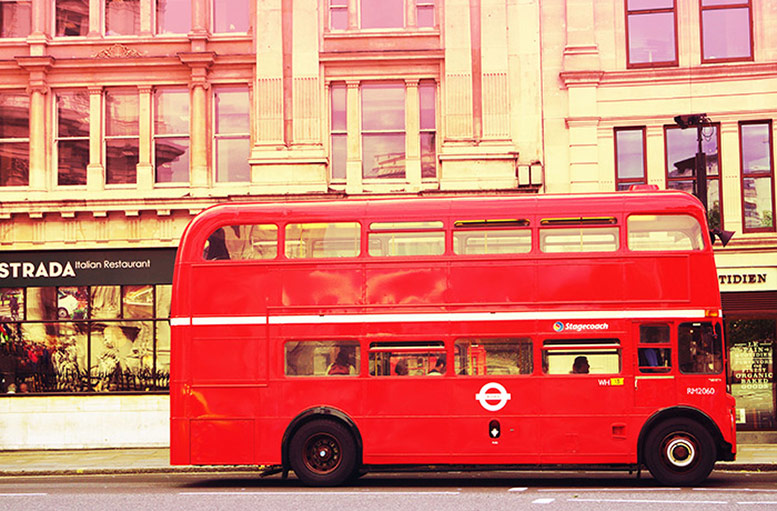
The first known “buses” of London were used in 1829 and were horse-drawn; taking people from one destination to another just like a taxi service. They were started by George Shillibeer who used to take people from Paddington to the city on a horse-drawn omnibus to start a service similar to the buses of today.
In 1855 an organisation was formed, called the London General Omnibus Company, and it was their duty to manage all the horse-drawn bus services in London at the time, preventing problems and making sure everything was working the right way.
The last horse-drawn omnibus was seen in 1914 and then 1919 saw the rise of steam buses which were more of the modern option at the time due to the advancements in technology. This was soon out of practice due to the new motor buses which were even more efficient. The London General Omnibus Company became part of the London Passenger Transport Board and their division became known simply as London Transport.
It wasn't until 1906 that numbers were first used on buses to differentiate them and the routes that they would normally take. Independent bus companies would use a number and letter for their buses but in 1924, the Metropolitan Police were given the authority to choose numbers for each bus depending on the bus but this led to much confusion and problems for these companies.
In 1933, the London Transport Passenger Act saw to it that this authority was taken from the Metropolitan Police due to the confusion it caused, and handed back to the owners of the bus companies that in turn made sure everything was back in order.
In the year 2000, the ownership of London buses was changed from the London Regional Transport which was controlled by the government to Transport for London, or TFL, which is the Mayor of London’s transport organisation and continues to be run by them today.
Different Kinds of Buses
London is so vast that there isn’t simply one kind of bus service operating around the city. Here are the different kinds of bus services that can be taken advantage of in London, as the transport here comes in a wide range of services to suit everybody's needs.
Local buses are the most common type of bus and are based everywhere in London not just in the city. These buses follow designated routes and take people to local places daily making it a suitable option for daily commuting. Adults must pay a full fair using an Oyster card but children and teenagers up to the age of eighteen are given a Zip card enabling them to have free bus travel and discounted London Underground travel. The buses come in a variety of models and types, some being double-decker whereas some are single.
Night buses first started running in 1913 and are useful for those who might have finished somewhere late and are unable to get a regular bus home because they aren’t running in those hours. The night bus is a transport service that runs when other regular buses do not.
One of the more common sights in London is tour buses. Tour buses are specially designed to take tourists around for sightseeing in the more famous parts of Central London and the city's iconic landmarks. They usually have an open-top deck and facilities for tourists making it comfortable for people who aren’t really travelling but are just here for touring.
Long-distance coaches, normally run by the National Express, connect buses from London to other parts of the United Kingdom and work as an alternative to trains. Megabus, run by Stagecoach, is the biggest competitor of the National Express who offer cheaper services aimed at students for when they want to travel from London to another part of the country.
Airport buses, which are also run by the National Express, take people to and from airports in London. These buses provide a quick service for people who need to reach an airport as soon as possible and it saves them time rather than having to take various local buses and end up missing a flight.
London also has a small number of electric buses, making this a more environmentally friendly option, but this kind of technology is still being tested to see if it can actually replace the buses that are in use today.
Buses Outside of Transport
London buses have become so iconic that they have become a large part of the London souvenir industry. There are bus key chains, magnets and many other wonderful souvenirs that are designed to replicate the famous red buses that are commonly seen zooming around the city. So if you want to treat someone special to some super cool London souvenirs, the Double Decker bus design always makes a wonderful gift idea.
There is even a restaurant called the JustFab Food Bus in London which operates from a converted Double Decker bus, giving a stylish and humorous feel to the place, thus making it a great day out for people who appreciate a tasty work of art or two. They serve burgers and other delicious options that are worth looking into if you are visiting London or simply want somewhere good to eat that’s different from regular restaurants.
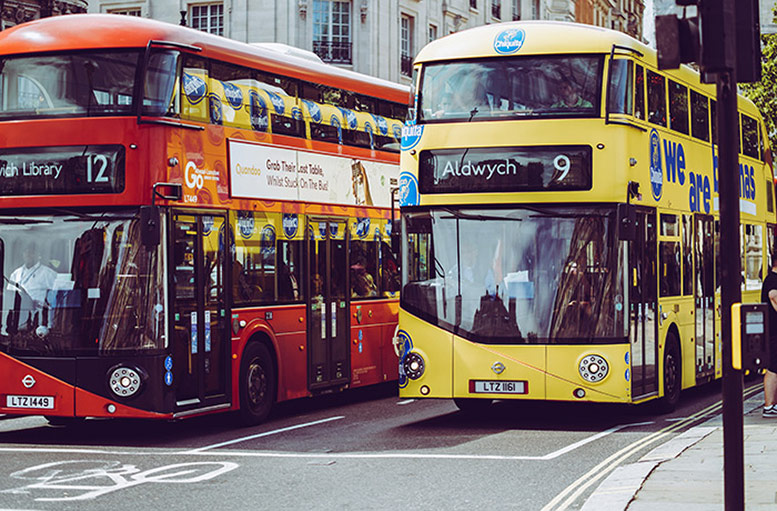
Buses are also used as a way to advertise upcoming movies amongst other things, they are normally painted or fitted with banners in order to fulfil their purpose and thousands of people get to see them on a daily basis.
